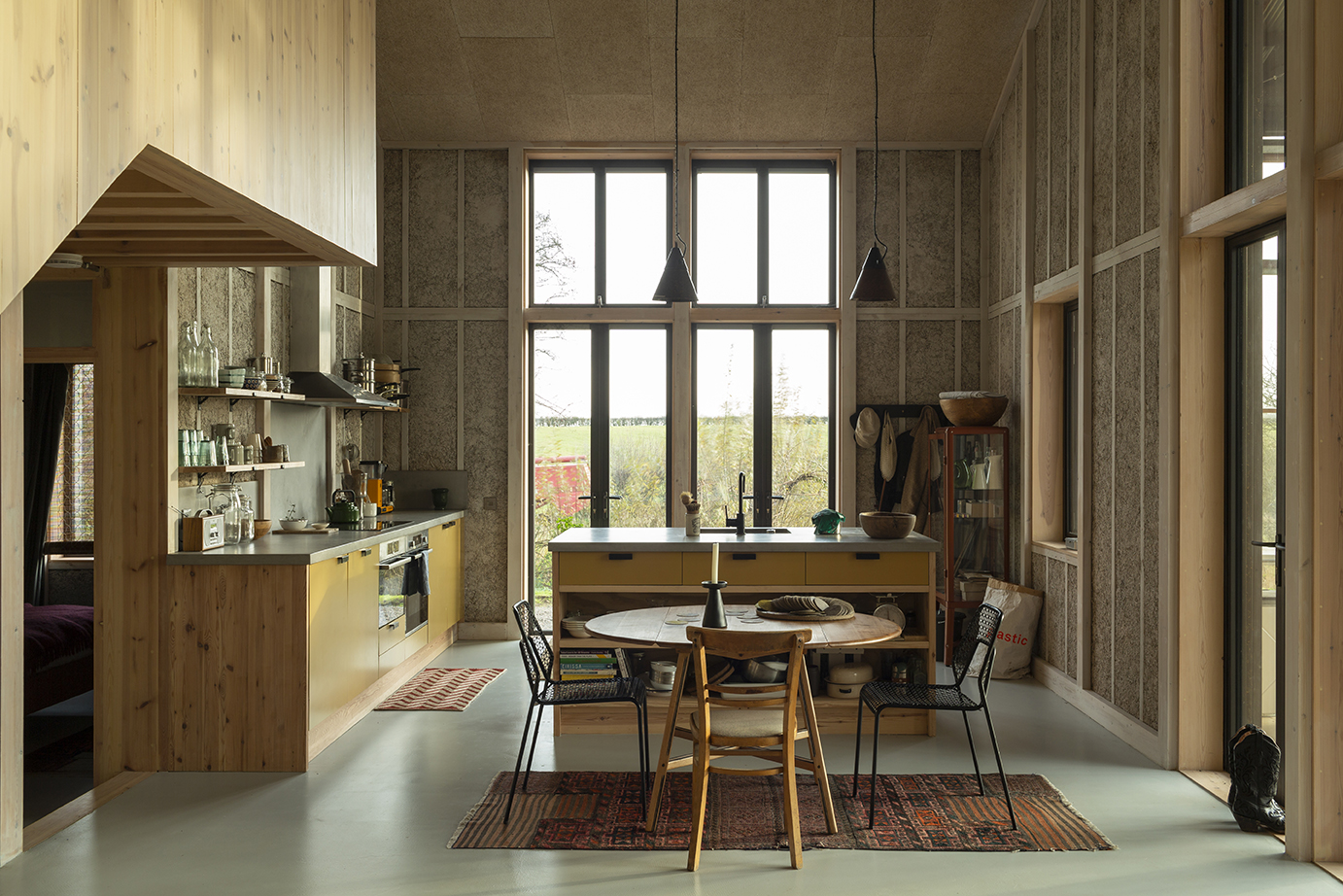The story of hemp is one of operatic highs and lows. Known for producing the finest and strongest fiber around, it was once considered essential. Hemp seeds sailed on the Mayflower—the stalks were used for making cloth (including the Mayflower’s very sails), rope, paper, and clothing, among other things. George Washington was a hemp farmer as were all the Jamestown settlers (growing hemp was legally required in the colony). Betsy Ross sewed her flag out of it. Then, a century and a half later, hemp all but disappeared.
In the 1930s, marijuana hysteria took hemp down with it and both became illegal to cultivate: though the two are Cannabis sativa, hemp contains only the merest hint of THC and is weed’s benign relative. The fact that it fell out of favor is hard to fathom. Hemp absorbs more CO2 per acre than any other commercial crop making it an ideal carbon sink. Unlike cotton, it requires little water and no pesticides to grow, And, on top of being highly insulating, it’s naturally fire-, pest-, and mold-resistant and serves as an excellent sound barrier.
Only recently legal to farm in the US, Canada, and the UK (France, where it’s been legal since the 1960s, is the European leader in cultivation), hemp and its many uses are again being explored—including as a sustainable, biodegradable building material. If you’re embarking on a home improvement project, you’d be wise to consider hemp insulation and the biocomposite known as hempcrete or hemplime. Here’s a look at these construction materials and how some of today’s eco pioneers are applying them.

Hemp Insulation





